I needed a break from London’s chaos, so I wandered into Richmond Park, England’s largest royal park.
The open fields, scattered with wildflowers, felt like a patchwork quilt under the sky.
I couldn’t believe this kind of beauty sits so close to the city.
Richmond Park houses over 600 wild red and fallow deer, all roaming free just as they have since the 1600s.
Watching deer drift across the meadows really does feel like you’ve stepped into the countryside.
They move slowly and calmly, and being near them makes the city’s rush just… disappear.
Every part of the park brings a new surprise—a herd grazing, a stag relaxing in the shade, or maybe nothing but quiet.
If you’re craving a wildlife escape without leaving London, this park delivers.
I’ll share helpful tips and the best places to spot wild deer, plus a few easy safety notes for your visit.
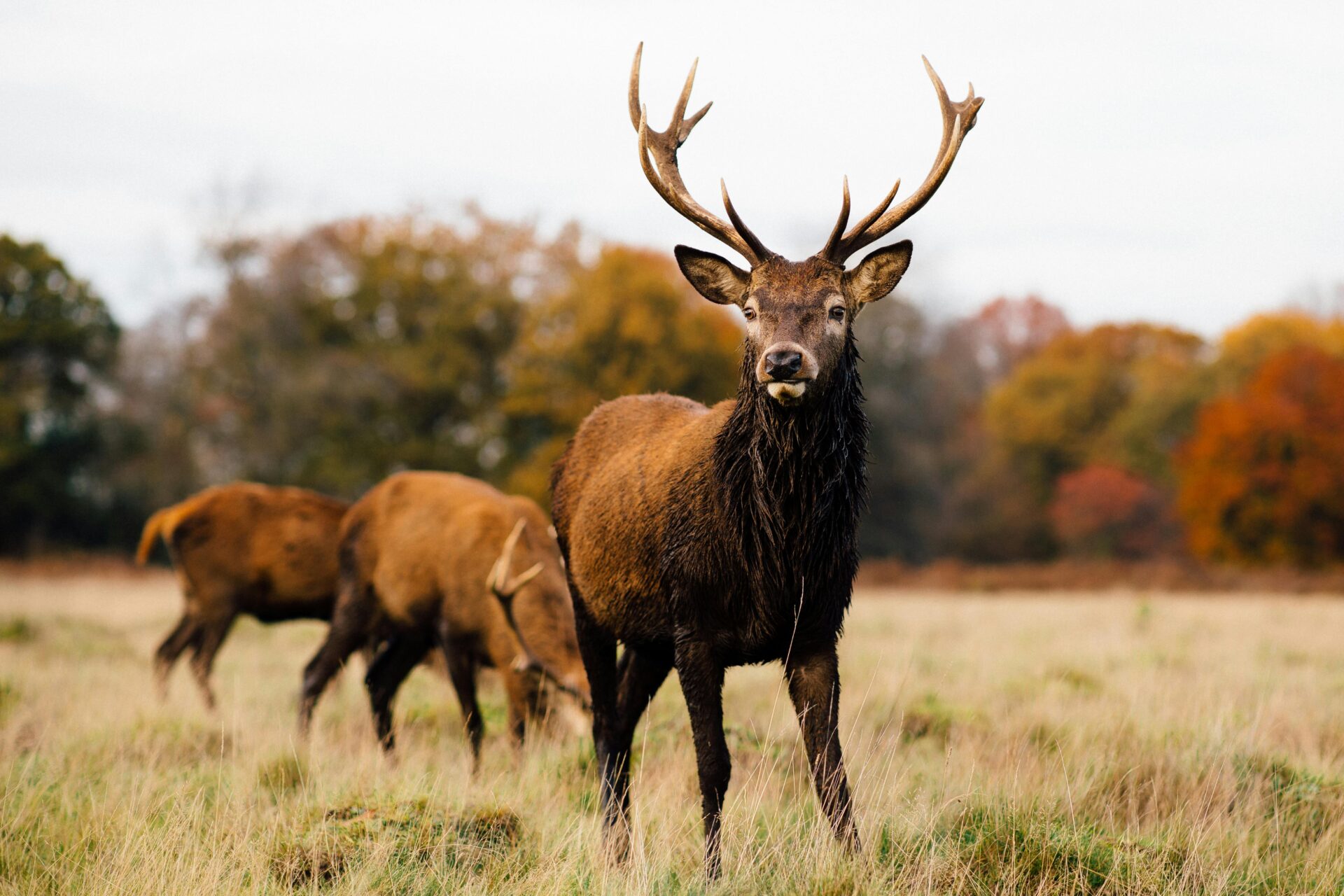
Discovering Richmond Park: A Countryside Retreat in London
Richmond Park truly feels like rural England tucked inside the city.
Its wide-open spaces, deep history, and wild charm make every visit different, whether I’m deer-spotting or just getting lost among ancient trees.
History and Royal Heritage
Richmond Park’s story stretches back almost 400 years.
King Charles I created it in 1637 as a deer park for royal hunts.
That royal connection still shapes the park, from the grand Richmond Gate to old stone boundary markers.
As I walk here, I imagine carriages rolling down leafy paths and nobles on horseback tracking deer.
The royal roots helped keep the land wild as London grew.
While neighborhoods changed outside, the park kept its unique mix of wildness and tradition.
Historic lodges and ancient walls hint at that noble past.
Pembroke Lodge, once home to Prime Minister Lord John Russell, now serves as a tearoom with sweeping views over the Thames Valley.
Standing there, I can appreciate England’s countryside legacy and the care that’s gone into protecting this place.
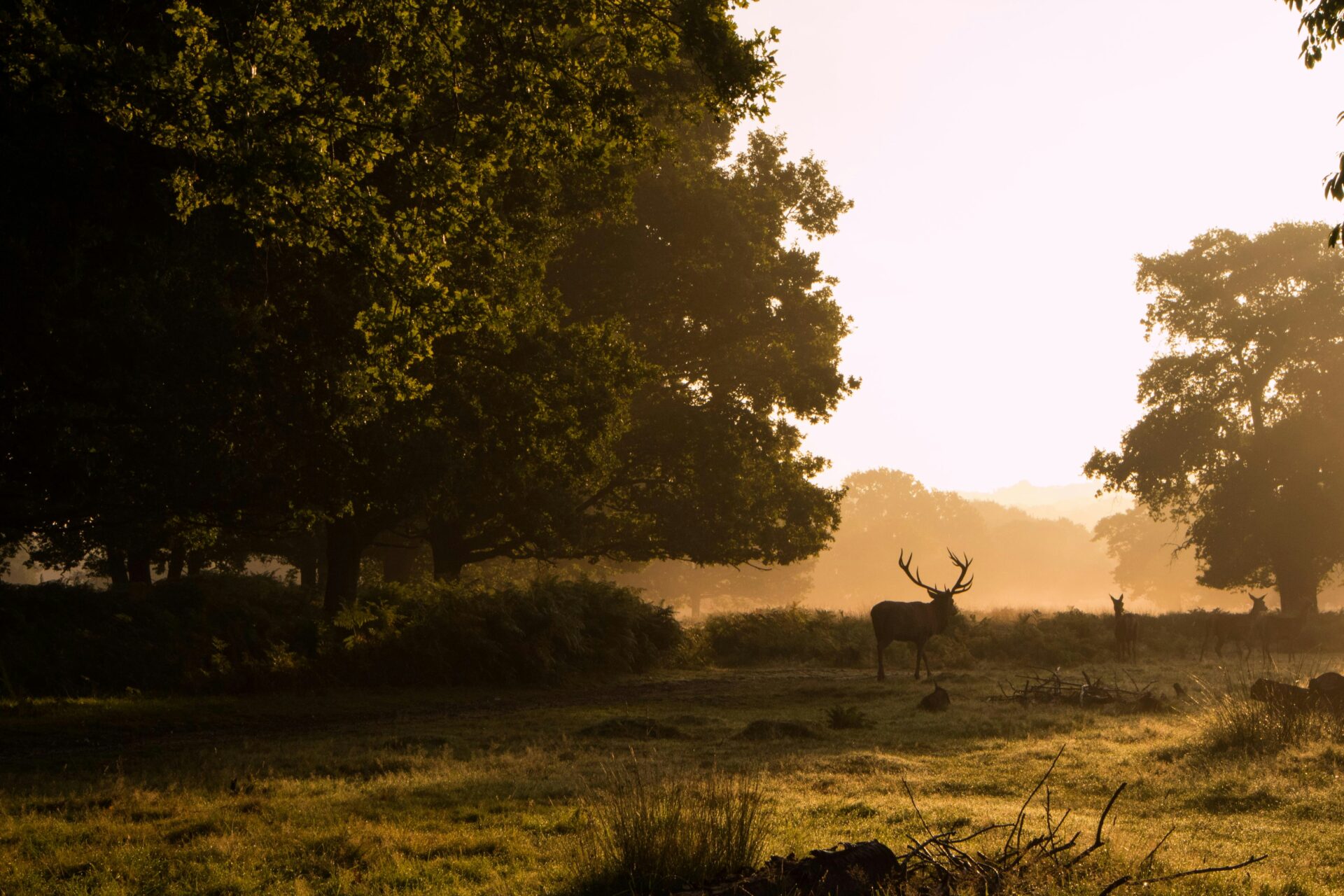
The Expansive Open Plains
The park covers about 2,500 acres—almost the size of a small English town.
Once inside, the broad plains seem to stretch on forever.
Grassy meadows fade into woodland and bracken, making a patchwork that shifts with every season.
I like to set out early, watching the mist rise over the fields.
These open spaces really let me escape.
Surrounded by grasslands and wildflowers, it’s easy to forget the city’s noise.
Deer wander these plains, especially at dawn or dusk.
I move quietly, hoping to catch a glimpse of a herd in the tall grass.
The open landscape keeps a bit of rural life alive inside the city.
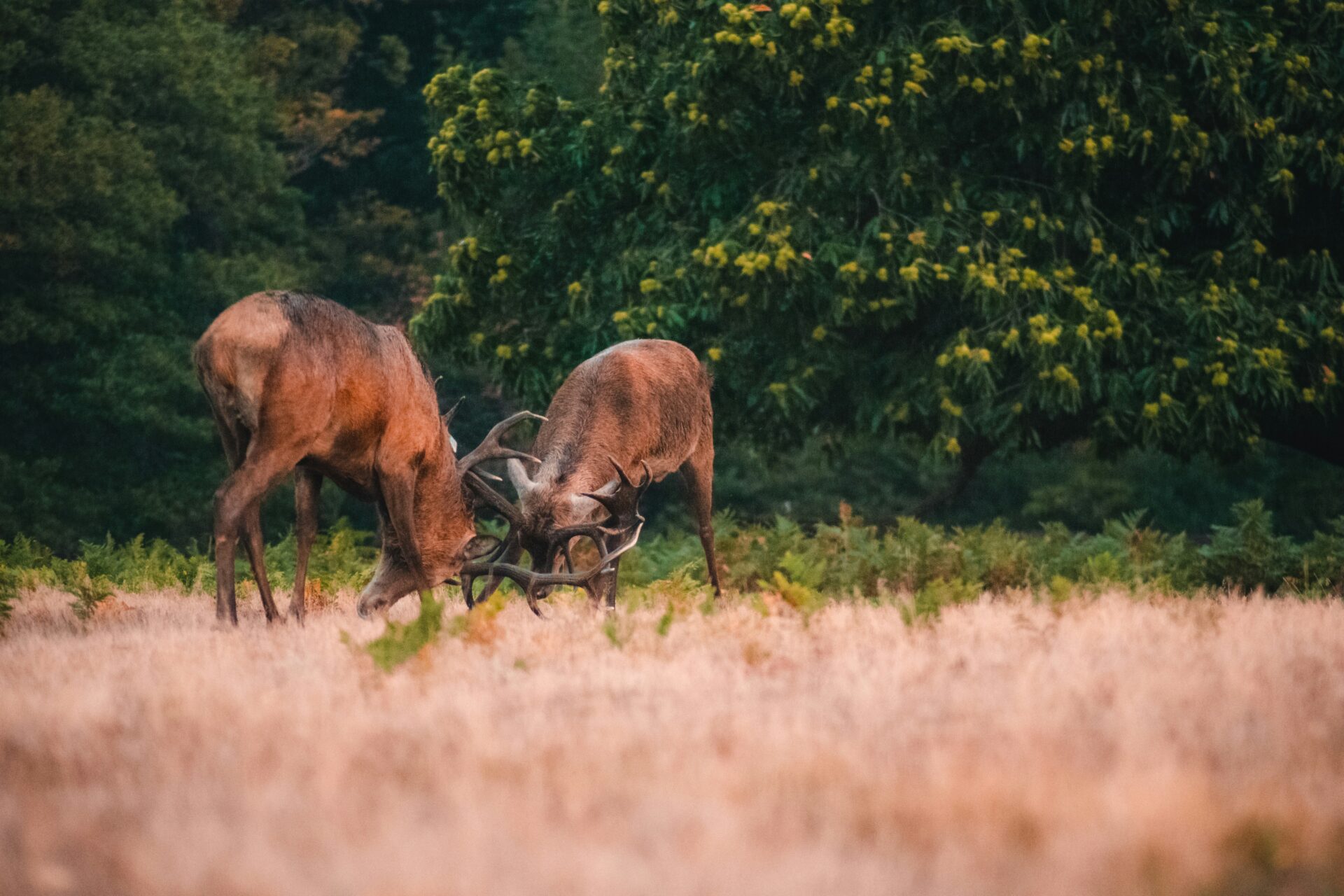
Wildlife and Flora
Richmond Park bursts with life.
Over 600 red and fallow deer wander the fields and woods.
Seeing them up close—antlers rising above the grass—never gets old.
They’re wild, but if you stay quiet and keep your distance, they don’t mind people much.
I spot foxes darting through brambles and green woodpeckers hammering on old trees.
Butterflies flutter over meadows, and dragonflies zip near ponds.
Birdwatchers come for kestrels and parakeets, while botanists admire rare wildflowers and ancient woods full of bluebells in spring.
Every corner hides something new—shady fern groves, sunny grasslands buzzing with bees.
Wildlife I love to spot in Richmond Park:
- Red deer
- Fallow deer
- Foxes
- Green woodpeckers
- Songbirds
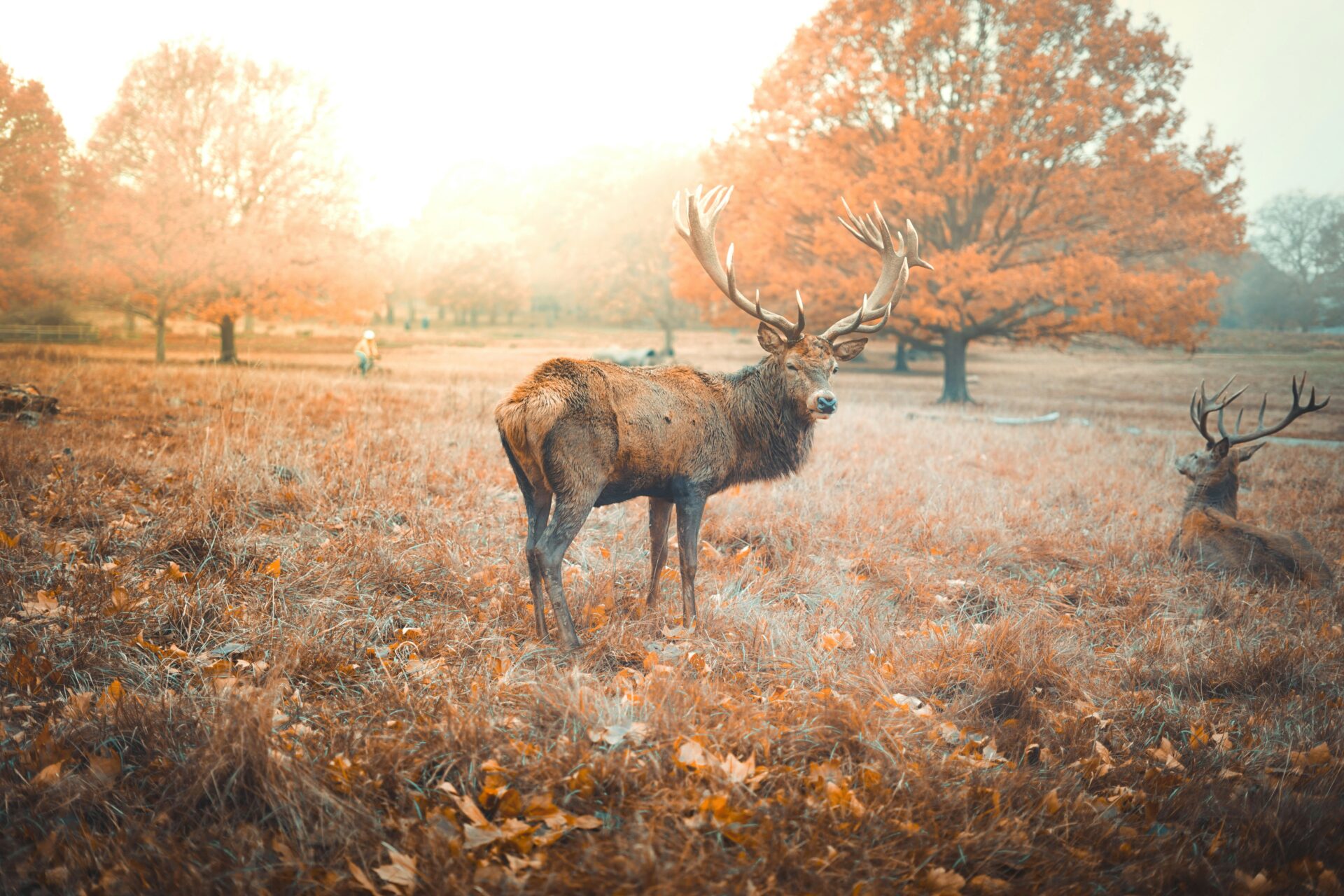
Seasonal Landscapes
Richmond Park transforms with each season.
Spring brings carpets of bluebells and the noisy dawn chorus.
Everything feels fresh—trees bud, foxes get braver, and deer shed their winter coats.
By summer, wildflowers and buzzing insects fill the grasslands.
It’s perfect for a picnic under a giant oak, just watching clouds go by.
Autumn is my favorite.
Gold and red leaves drift across the fields, and red deer stags start their dramatic rutting calls.
Mornings turn crisp, and the mist makes the park feel almost magical.
Winter brings frosty air and bare branches, opening up views all the way to central London.
Deer forage on icy grass, and robins hop between twigs.
No matter the season, Richmond Park always feels new—like a peaceful bit of the countryside, right at the city’s edge.
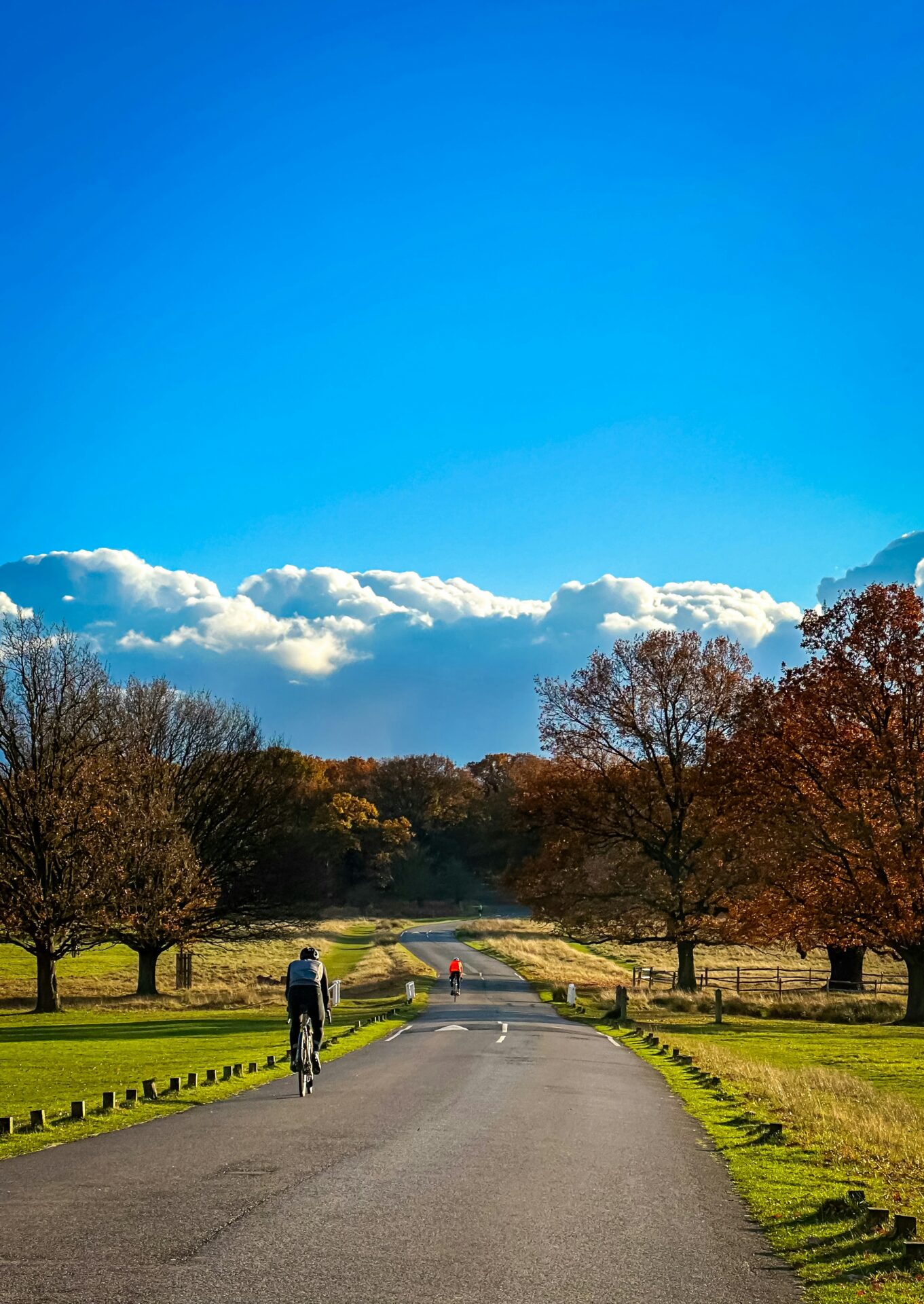
The Art of Spotting Wild Deer in Richmond Park
Watching wild deer up close in Richmond Park opened my eyes to London’s quieter side.
With the right timing and a little patience, anyone can catch these graceful animals in action.
Best Times and Places for Deer Watching
Early mornings and late afternoons work best for deer watching.
At sunrise, mist curls over the grass and deer begin to graze.
Dusk is also a great time—they wander closer to the paths.
Pen Ponds is a favorite spot for herds gathering near the water.
I’ve had good luck around Isabella Plantation too, especially in the woodland clearings where fallow deer blend into the trees and red deer rest under blooming rhododendrons.
Key places:
- Pen Ponds
- Isabella Plantation
- Open grasslands by Sawyer’s Hill
The park’s 2,500 acres of oaks, bracken, and wildflowers provide shelter for deer and all sorts of other creatures.
I find that wandering quietly along these paths feels like discovering a hidden side of London.

Types of Deer and Their Behaviors
Two types of wild deer live here: red deer and fallow deer.
Red deer are bigger and have those impressive antlers, especially during the autumn rut.
Fallow deer are usually lighter, with spotted coats and palmate antlers.
I’ve noticed red deer act bolder, while fallow deer stay in smaller, shyer groups.
Both herds are wild, but they’re used to people walking by.
Watching young fawns stick close to their mothers always makes me smile.
Life in the park flows with the seasons, and being part of it—even briefly—feels special.
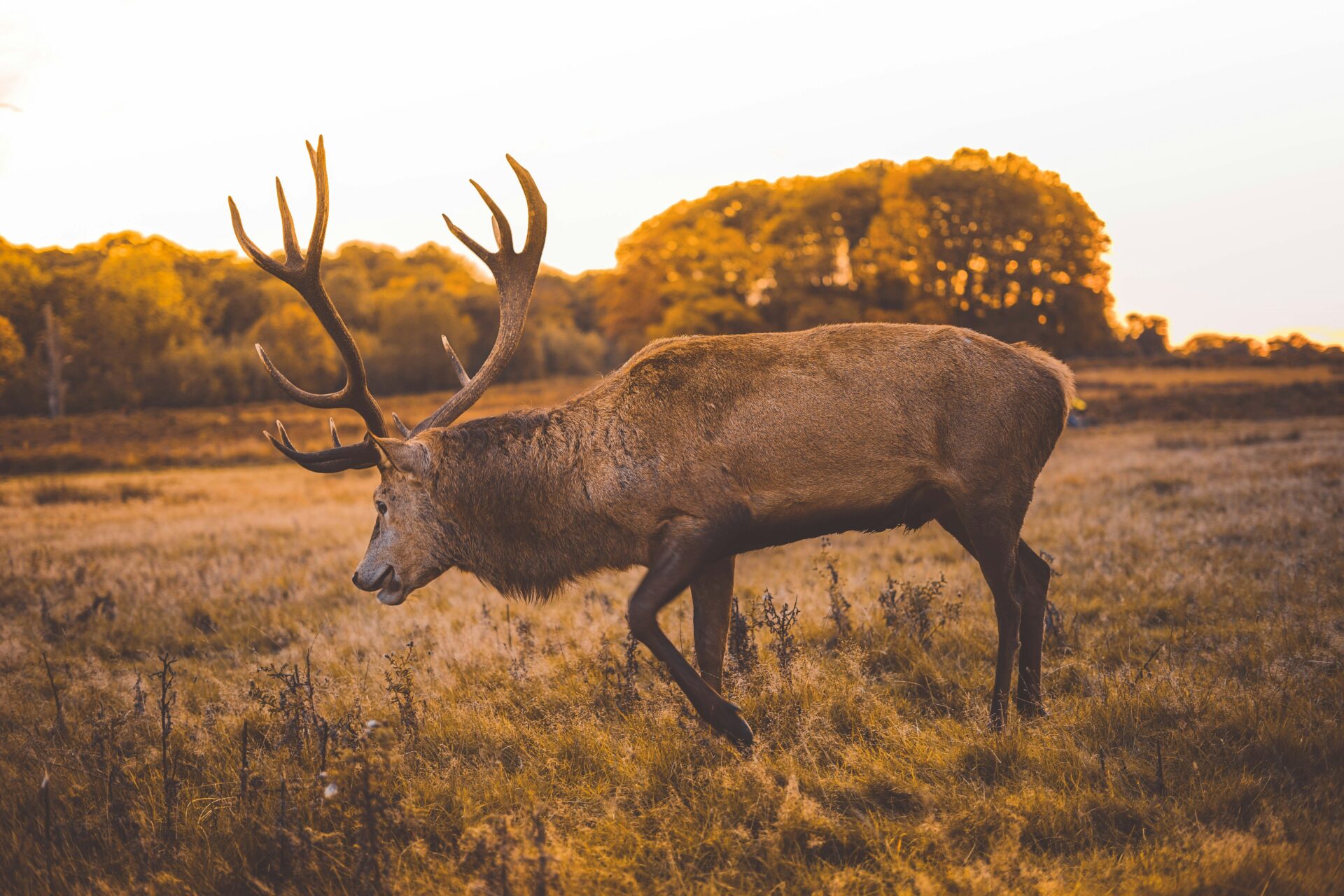
Photography Tips for Capturing Deer
Photographing deer in Richmond Park takes patience and a gentle approach.
I always bring a camera with a decent zoom so I don’t have to get too close.
Early morning light is best—dew sparkles, and the soft glow highlights the deer’s coats.
Here are my top tips for a great photo:
- Use a telephoto lens (at least 200mm)
- Stay quiet—move slowly, keep low
- Shoot from behind trees or bushes for a natural frame
- Watch the background—simple is better
- Use natural light if you can
I try not to let excitement get the better of me—respecting the animals’ space comes first.
No photo is worth stressing out the wildlife.
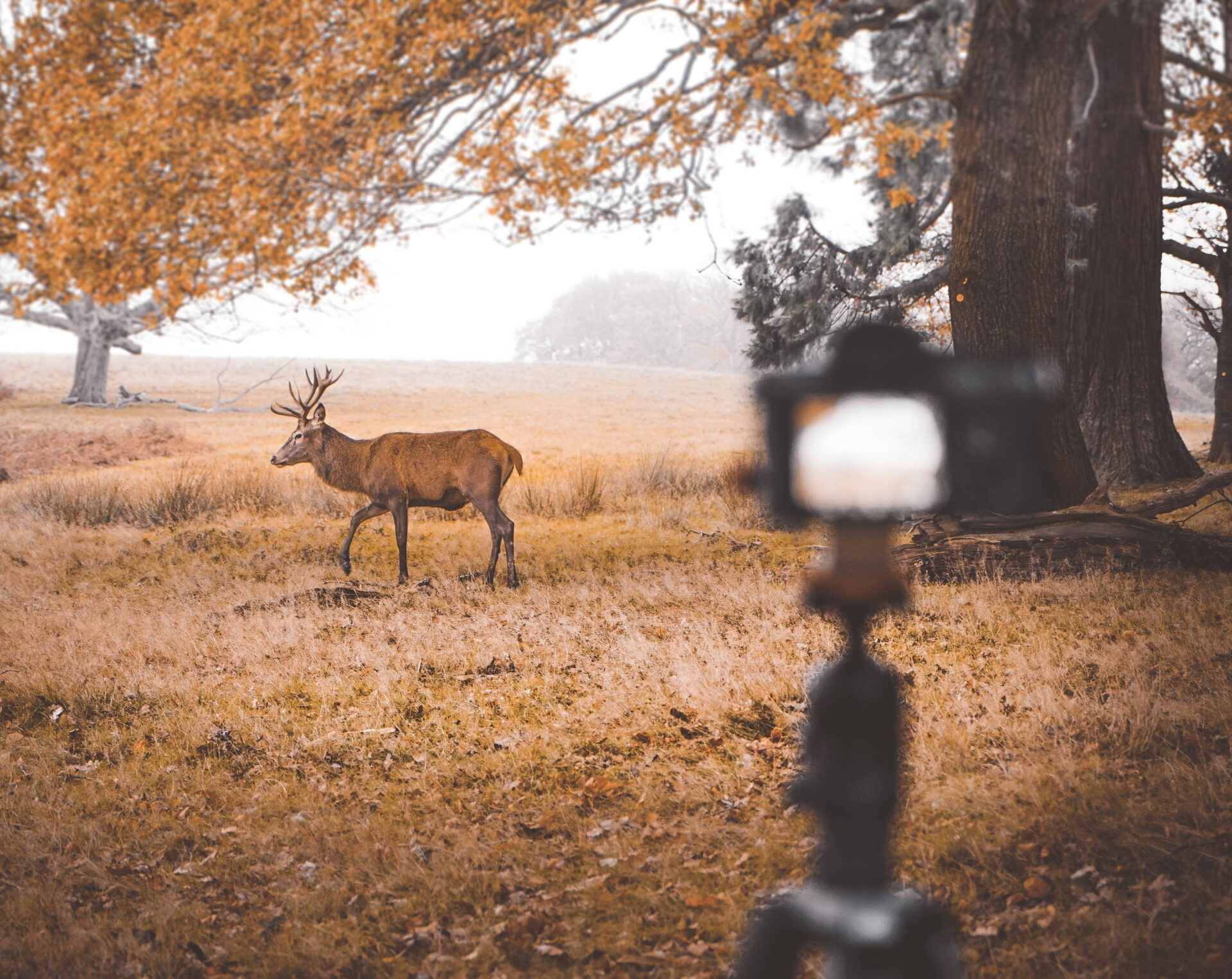
Respectful Wildlife Engagement
Spending time with wild deer means respecting their world.
I keep at least 50 meters away from herds, especially during calving or rutting season, when stags can get aggressive.
Feeding or touching deer isn’t allowed—it disrupts their natural behavior and can be risky for both sides.
Following park guidelines keeps everyone safe and helps make the experience feel more meaningful.
There’s something beautiful about seeing deer go about their day, barely noticing you.
Just watching is enough to inspire a real respect for these animals and the balance of the park.

Experiencing the Magic: My Personal Encounters With Deer
Watching deer in Richmond Park makes every visit feel a bit magical.
These gentle animals move through the mist, offering calm moments and memories I want to keep.
A First Glimpse at Dawn
On my first sunrise trip, I remember the chill and a quiet excitement.
The golden light crept through old oaks, making the park feel peaceful and empty at first.
Then, a herd of red deer appeared in the haze.
Stags stood alert, antlers brushing low branches.
Fallow deer grazed nearby, barely noticing me.
I stayed still, using a map from the entrance to find a safe but close spot.
Here’s what helped me get the best view:
- Timing: Arriving just after dawn, before crowds.
- Sticking to paths: Safer for everyone.
- Binoculars: Perfect for spotting deer far off.
Sunrise is my favorite time for deer watching.
The light is soft, the park is quiet, and the wildlife seems to move without fear.
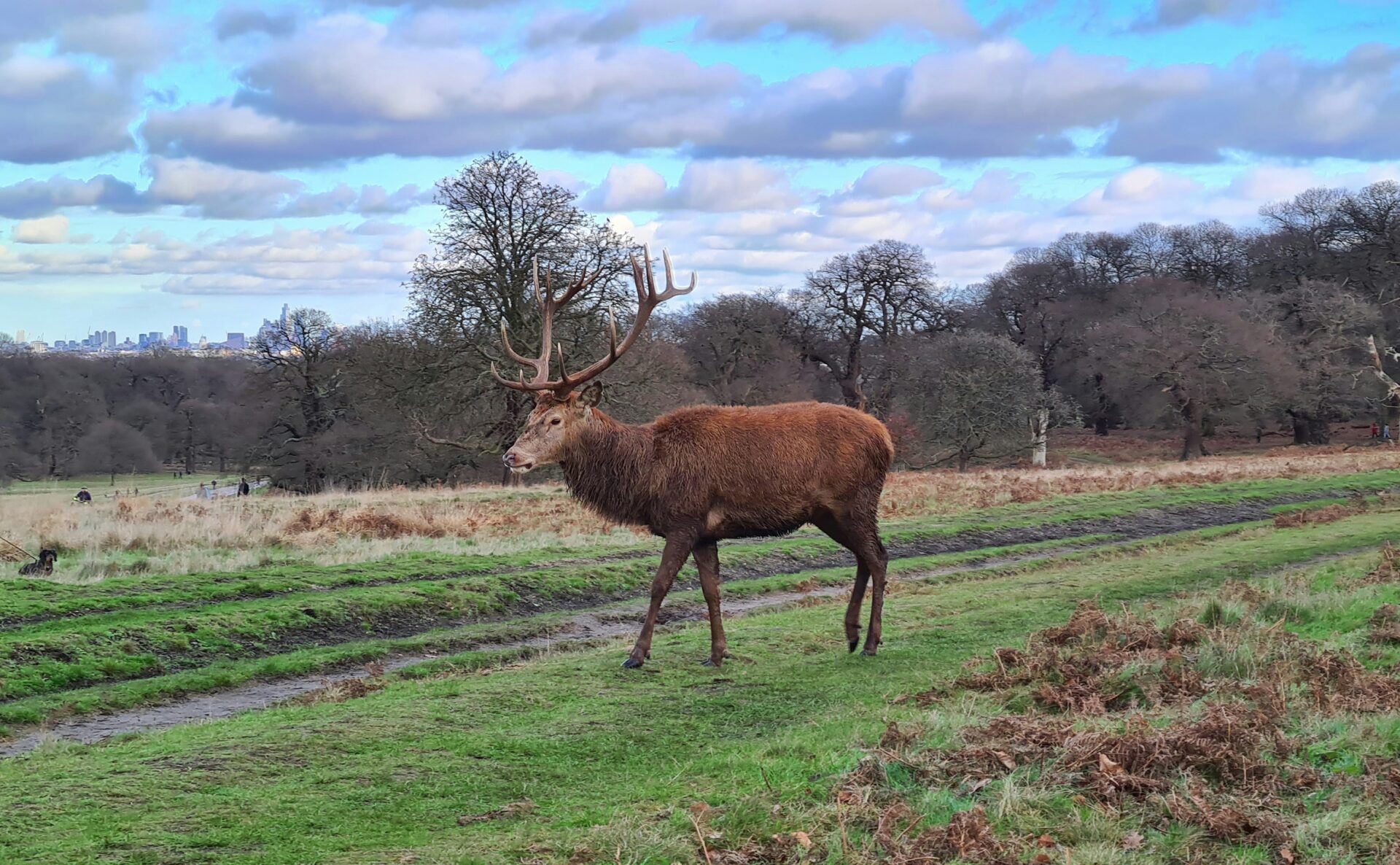
Unexpected Wildlife Interactions
I came for the deer, but Richmond Park surprised me.
Squirrels dashed through leaves, ducks glided across ponds, and sometimes a fox crossed my path.
Once, a group of young deer came closer than I expected.
They stopped, sniffed the air, and for a moment we just watched each other.
That reminded me how important it is to respect wild spaces—stay quiet, don’t feed or chase them.
❗ Tip: Always keep at least 50 meters from deer, as the park recommends, to avoid scaring them or putting yourself at risk.
I noticed other families along the path bonding over these moments.
It’s easy to see why people fall in love with wildlife after experiences like this.

Reflections on Wildlife Connection
Each visit deepens my connection to nature.
The calm presence of deer reminds me to slow down and just watch for a while.
Open fields and old groves inspire me to spend more time outside.
I started bringing a notebook to jot down what I see, or joining local nature walks.
Even small changes help me care more about the environment.
Spending quiet moments near wild deer has changed how I see city parks.
Now, I look for real wildlife experiences everywhere.
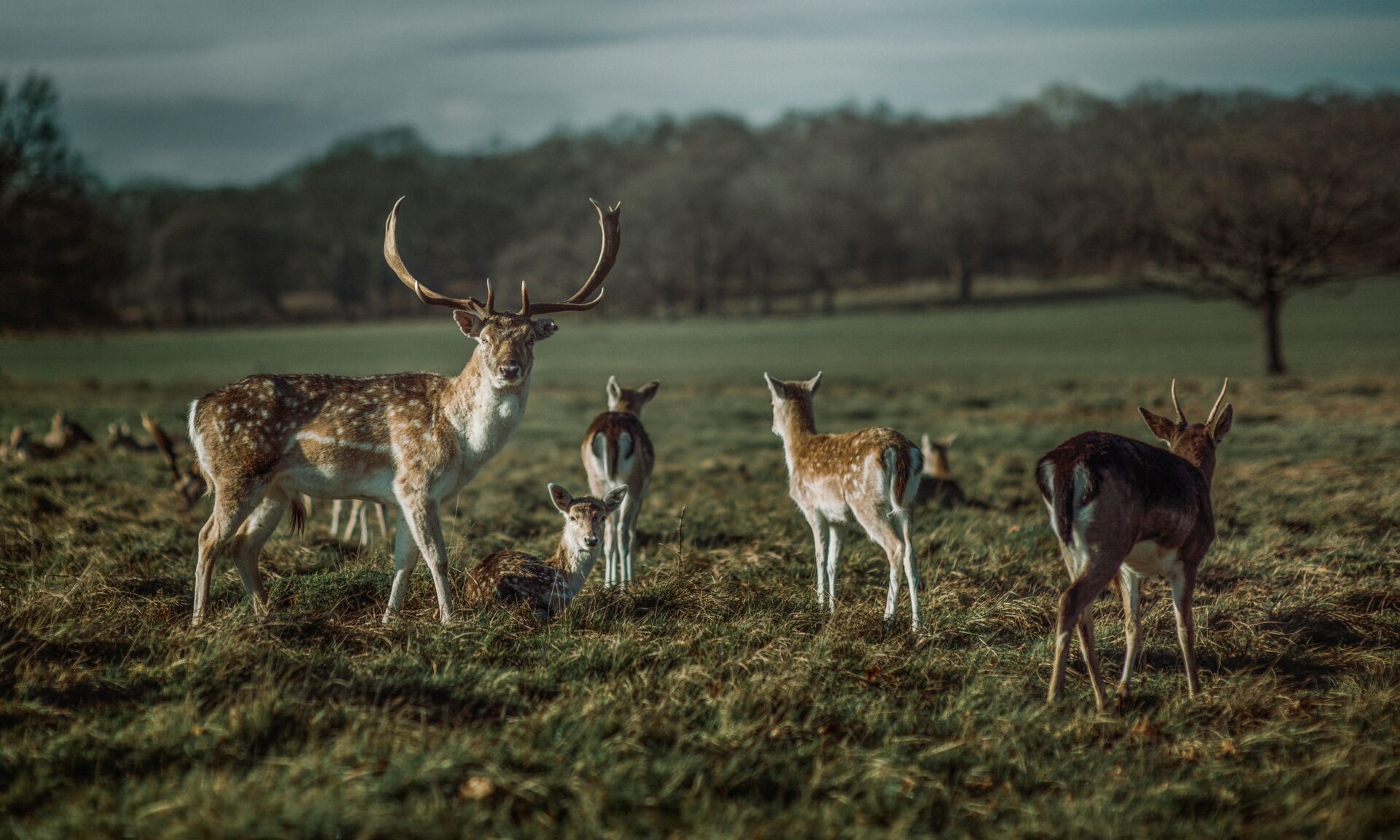
Sharing the Experience With Family and Friends
Bringing family or friends along makes Richmond Park visits even better.
Kids love spotting deer or searching for animal tracks, and group chats often turn into stories about nature.
We pack snacks and sit on a bench, watching herds from a distance.
Sometimes we compare which animals we’ve seen or swap photos.
My city relatives are always surprised at how peaceful and wild London feels here.
Ways to get more out of group visits:
| Tip | Benefit |
|---|---|
| Arrive early | Fewer people, more wildlife |
| Bring binoculars | Better views for everyone |
| Respect boundaries | Keeps people and animals safe |
Days in Richmond Park bring people together.
Wildlife watching is a simple way to connect with both nature and each other.
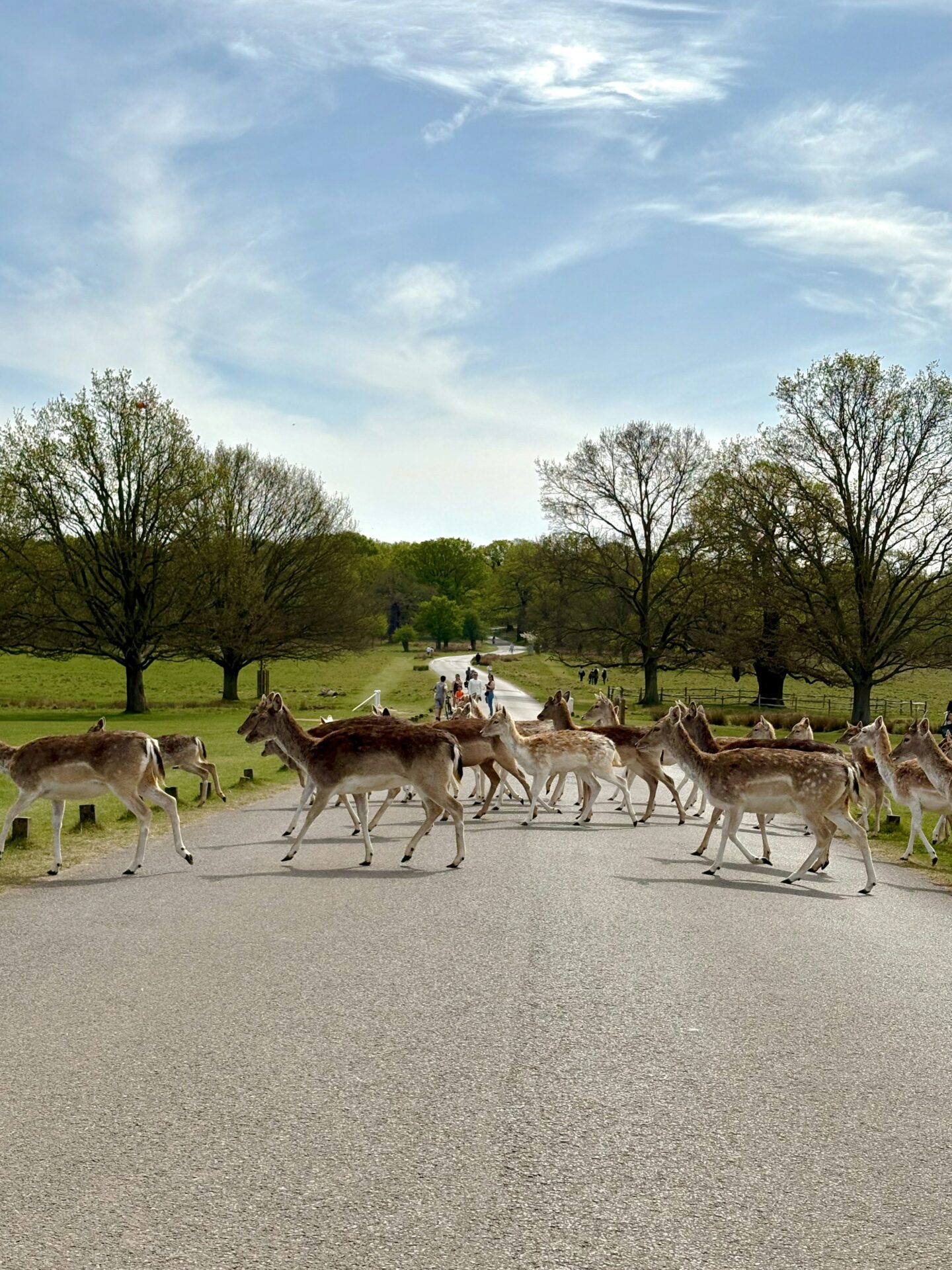
More Than Deer: Diverse Sights and Hidden Stories
Richmond Park isn’t just about deer—nature and history meet at every turn.
Landscapes shaped by ancient trees, hidden monuments, and echoes of writers make the park feel full of wonder.
Ancient Trees and Flora
Walking under the huge oak canopies, I feel surrounded by giants that have stood since the days of Charles I.
Over 1,300 ancient trees fill the park—some gnarled, some hollow, all still alive.
The Isabella Plantation, especially in spring, explodes with azaleas, rhododendrons, and bluebells.
Butterflies and birds flock here, making it a dream for plant lovers and photographers.
Along with deer, I spot rabbits, foxes, and a mix of ducks and herons near the ponds.
The wildflowers and ferns change with the seasons, so every walk brings something new.
Here’s a sample of unique park flora:
| Tree Type | Approximate Age | Notable Feature |
|---|---|---|
| English Oak | 300+ years | Broad canopies, hollow trunks |
| Sweet Chestnut | 200+ years | Twisted branches, edible nuts |
| Hawthorn | 100+ years | White blossoms in spring |
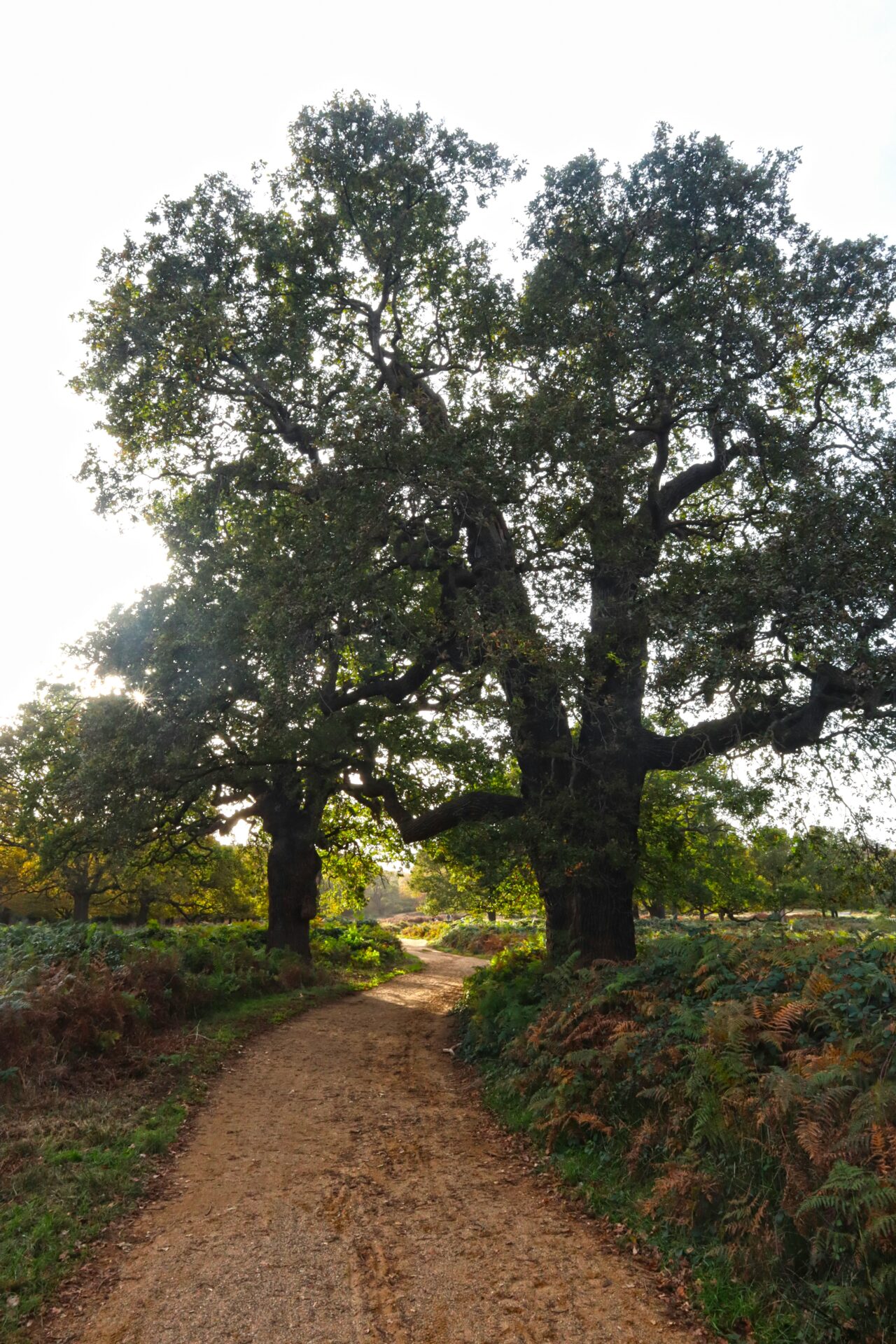
Historic Landmarks Within the Park
Richmond Park has corners that whisper old tales if you just stop and look. Pembroke Lodge, once home to Prime Minister Lord John Russell, sits on a hill with views that stretch all the way to St. Paul’s Cathedral when the weather’s right.
King Henry’s Mound really stands out. The story goes that the king watched for Queen Anne Boleyn’s river arrival from here. Now, anyone can use the special telescope to catch that perfectly framed view of St. Paul’s.
White Lodge is here too, now home to the Royal Ballet School. It used to house royalty. The park’s walls and gates, some standing for over 250 years, still mark out land set aside for royal hunting long ago.
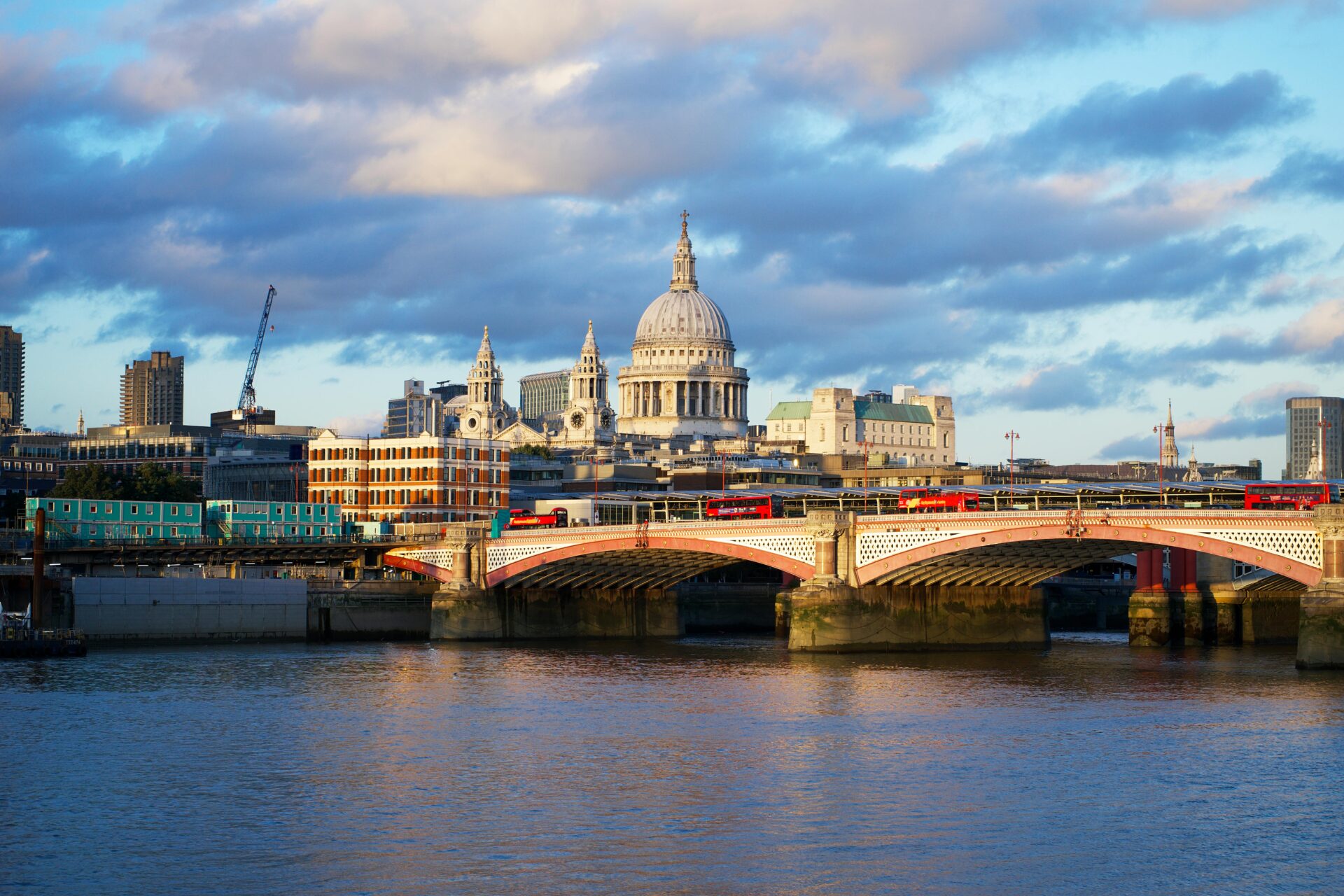
Stories of Riders and Showmen
You’ll often spot riders trotting along the old bridleways. Horse riding’s been part of Richmond Park’s story since the royal hunts. Stables both inside and just outside the park make it easy for anyone, no matter their experience, to join in.
If you stand near the riding tracks, you might hear regulars swapping stories about circus showmen and performers who once entertained royalty. Local tales even mention Indian maharajas, dignitaries, and soldiers visiting, especially during World War I when Indian troops recovered at nearby hospitals.
Sometimes, mounted police ride the same trails that Victorian riders once did. These traditions give the park a sense of quiet drama and adventure, always waiting for someone to notice.
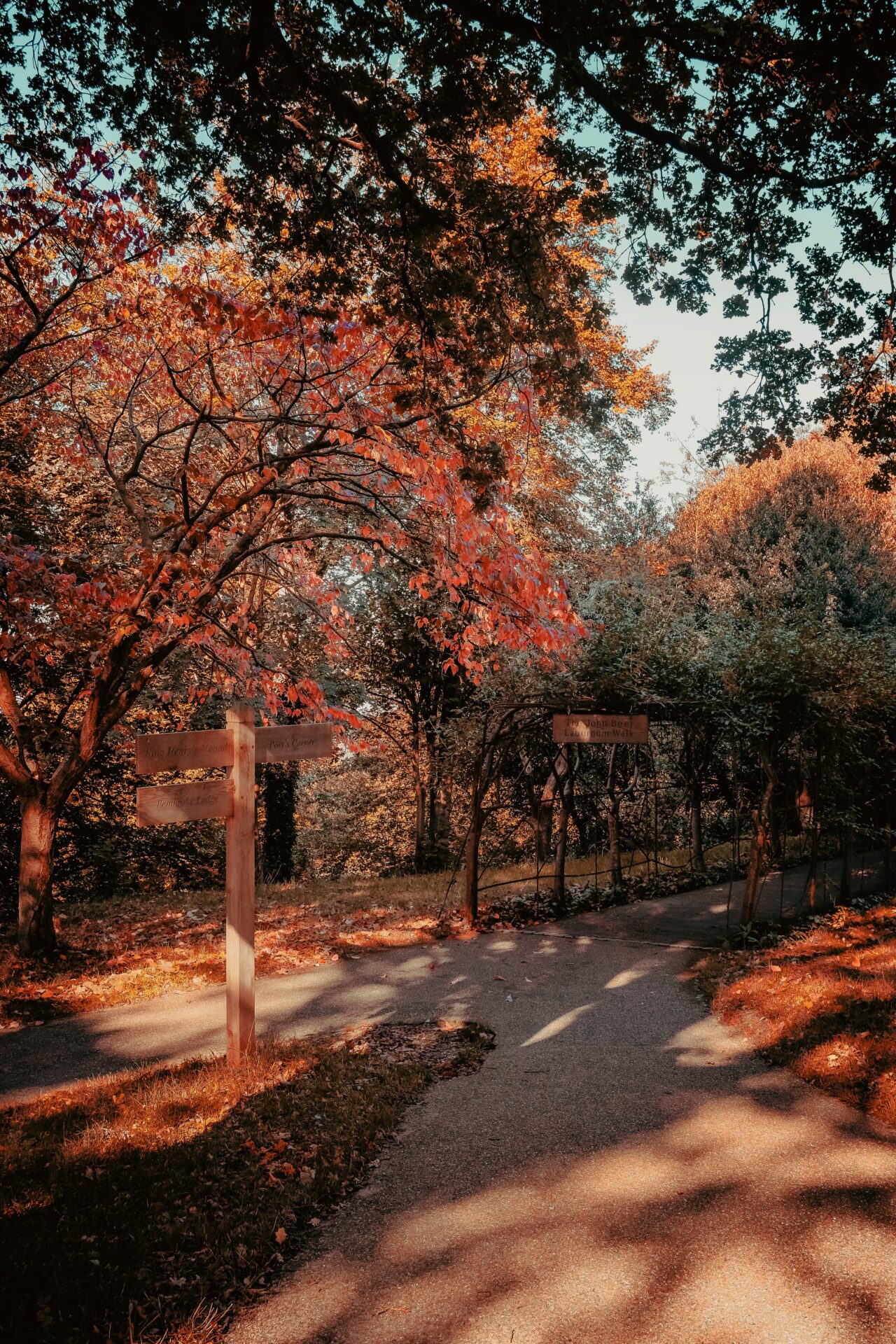
Cultural Influences in Literature
Writers have always found inspiration in Richmond Park’s landscapes. Virginia Woolf, who lived nearby, set scenes here in her novels.
The lush scenery and peaceful spaces show up in her writing, capturing the same feeling of escape I get when I visit.
J.M. Barrie, who created Peter Pan, walked these paths too. His stories reflect the everyday magic that fills the park, where old trees and wide skies feed the imagination.
Poems, plays, and Indian stories all tie back to these grounds, especially from the days when Indian soldiers wandered here during the wars. The cultural layers give each visit a bit more meaning, and honestly, it’s hard not to feel like you’re part of a bigger story.
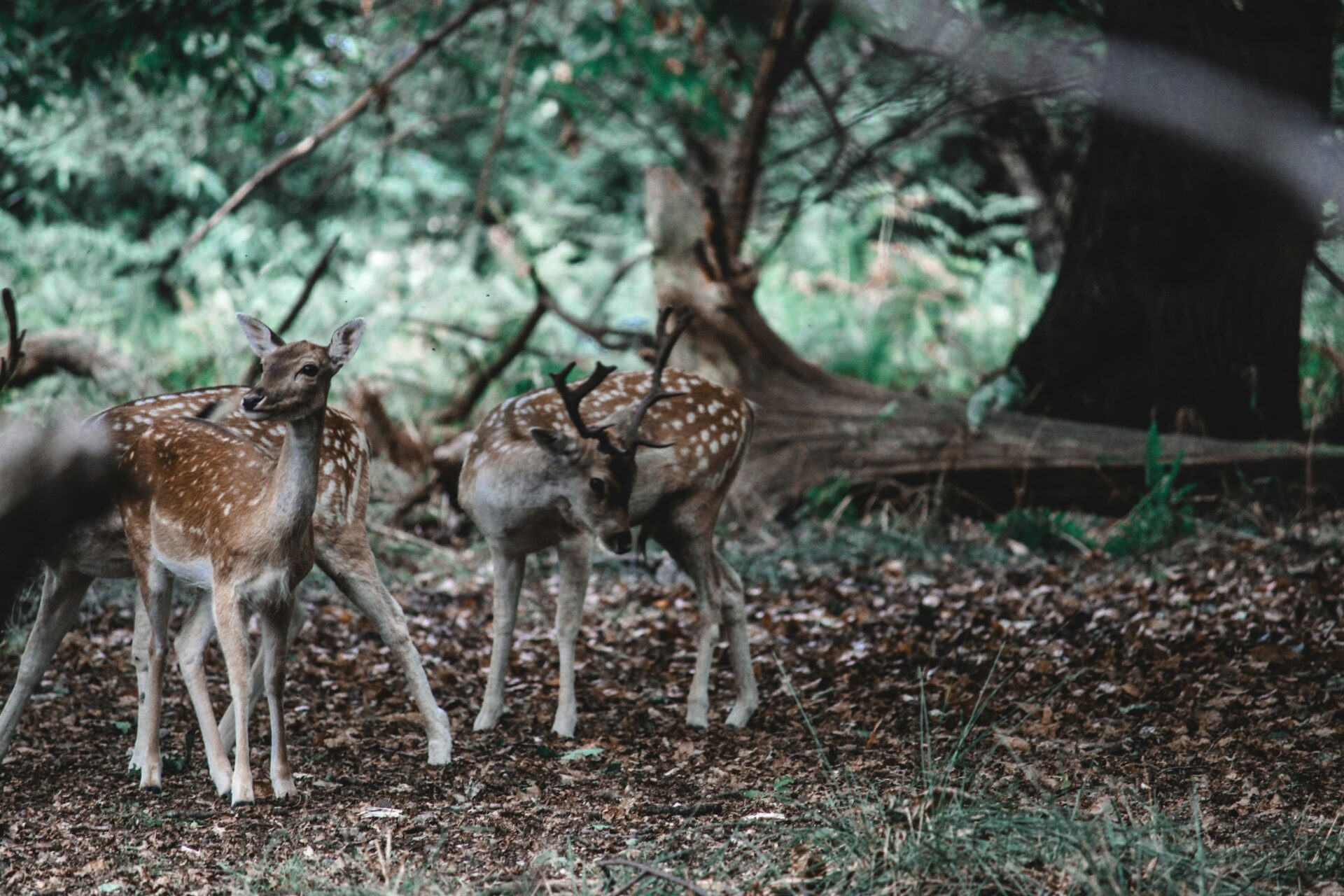
Blending Rural Charm With City Life
Richmond Park feels like a patchwork—lush meadows and ancient trees right next to the steady hum of London. Quiet mixes with city energy, and the escape feels real, even though civilization is just beyond the next gate.
A Patchwork of Rural and Urban Influences
Walking through Richmond Park, I notice how countryside touches blend with urban life. Red and fallow deer graze between mossy oaks. The open grasslands stretch so far, I sometimes forget I’m only a short train ride from central London.
Joggers and dog walkers weave along the dirt paths. City cyclists whiz past in bright jerseys, a reminder that London’s never really far away. Map boards and benches sit right beside wild thickets, mixing convenience with a bit of untamed freedom.
It’s this contrast—a real patchwork of quiet wildness and city structure—that makes Richmond Park different from other green spaces.

Social Life: Visitors and City Dwellers
Whether I visit alone or with friends, I always see a mix of people. Families picnic in the grass, nature lovers wander with binoculars, and “city men” in suits sneak out for a lunchtime escape.
The park attracts everyone—tourists curious about London’s wildlife and locals who treat these trails like their own backyard. Sometimes, visitors gather at the best deer-viewing spots they found on hidden maps.
Other times, I just exchange a nod with someone else looking for that same peaceful pause. There’s an unspoken etiquette—quiet voices near deer, a smile or two between strangers in the morning sun.
Interaction’s easy if you want it. Craving company? Join a yoga group or a guided wildlife walk on the weekend. Prefer to be alone? There’s always space to wander for ages without a single interruption.
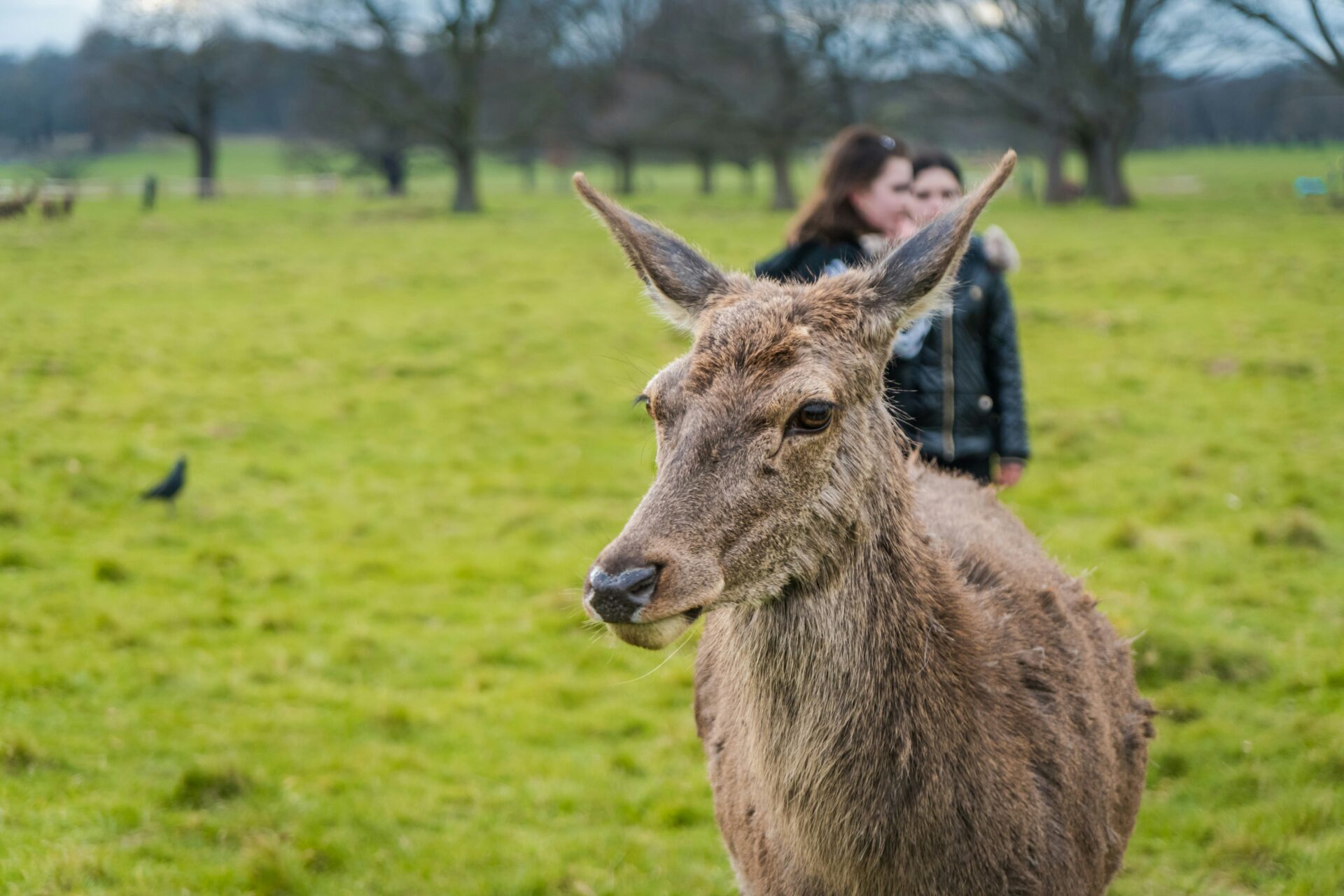
Managing Boredom and Embracing Change
Honestly, park visits can start to feel the same after a while, especially if I go a lot. When boredom creeps in, I’ll shake things up by wandering off the main paths and heading into the quieter Isabella Plantation.
There, I get to spot rare flowers that seem to pop up every season. It’s a small thing, but it makes a difference.
I try to lean into the changes that come with Richmond Park’s seasons. Winter strips the trees bare, but spring brings deer with velvet antlers, and by late summer, I’m sprawled under a giant oak with a sandwich.
These little shifts keep me interested. If the city gets too much, I’ll mix it up—maybe I’ll bring a book or stop by a new café just outside the park gates.
The park doesn’t go anywhere. It just keeps changing, quietly, while the rest of London rushes past.

